Most foreigners in Warsaw tend to the stick to the center of the city and Old Town, with some maybe venturing as far as the Praga district. Being that these areas are mostly discovered and easy to tour — along with being packed with tourists and locals — I decided to start taking trams to the more distant districts of Warsaw, places where most apartment buildings are architectural leftovers from the Soviet era and which have been slower to evolve with the modern age. One such district — and my favourite of all so far — is the Targówek District, a bit further past the better-known Praga.
I initially went into this area to go hiking in the Bródno Forest (Bródnowski Las), in that district. After a peaceful and invigorating hike, I decided to check out surrounding area, and found three amazing sites: Bródno Sculpture Park, Bródno Cemetery (Polish: Cmentarz Bródnowski), and the Bródno Jewish Cemetery (Cmentarz Żydowski Bródnowskiego).
Nowhere else in Warsaw have I encountered such an acute sense of the historical directly adjacent to the contemporary.
Bródno Sculpture Park is a free, quiet, and open 24/7. It was started in 2009 by Paweł Althamer, an internationally recognized Polish sculptor who was inspired to put Polish artist Grzegorz Kowalski’s concept of “Common Space — Individual Space” into practice. This concept seeks to neutralize individualism in the interaction/communication of artists and viewers.
There are a total of eleven sculptures by various artists scattered around the park. It is a project of social, participative character, with roots in abstract and minimalist art. Althamer has two contributions: “The Garden of Eden” and “Sylwia,” both of which were, in fact community creations. “Sylwia” was created in partnership with artist Grupa Nowolipie and community members with multiple sclerosis who used the art as a form of therapy and rehabilitation. “The Garden of Eden” was also a collaborative effort with community members of the local area, including elementary school students. This sculpture garden thus represents the formation of community around objects that provide an opportunity for gathering, meeting, and taking action together.
One artist, Honorata Martin, lived in the park for weeks in 2015, residing in a tent as a way to perform the idea of inhabiting a city park. Because her piece was inherently ephemeral, only traces of the performance are left. There is a bas-relief called “God the Monkey,” installed where her tent was set up (in Paweł Althamer’s “Garden of Eden”) and poems painted on the pavement by Andrzej Przybysz, a local poet who participated in her performance in the park.
Some of the works are not even visible, as with Chinese artist Ai Weiwei’s piece, “To Be Found”: Weiwei buried three cylinders filled with broken pottery, earth, and turf, serving as a conceptual art piece that explores the boundaries of the visible and the invisible, the accessible and the inaccessible. This piece really challenged me, as it forced me to accept that not all things “public” are necessarily accessible.



When considering these three sites — Bródno Sculpture Park, Bródno Cemetery, and Bródno Jewish Cemetery — as part of a whole Bródno, an intense amalgamation of suffering, survival, creativity and joy come to the forefront. Long walks in this area have helped stimulate my creativity and deepen my understanding historical and contemporary Poland, as well as my understanding of Polish cultural weaknesses and strengths in the past and present.
You’ll Also Love
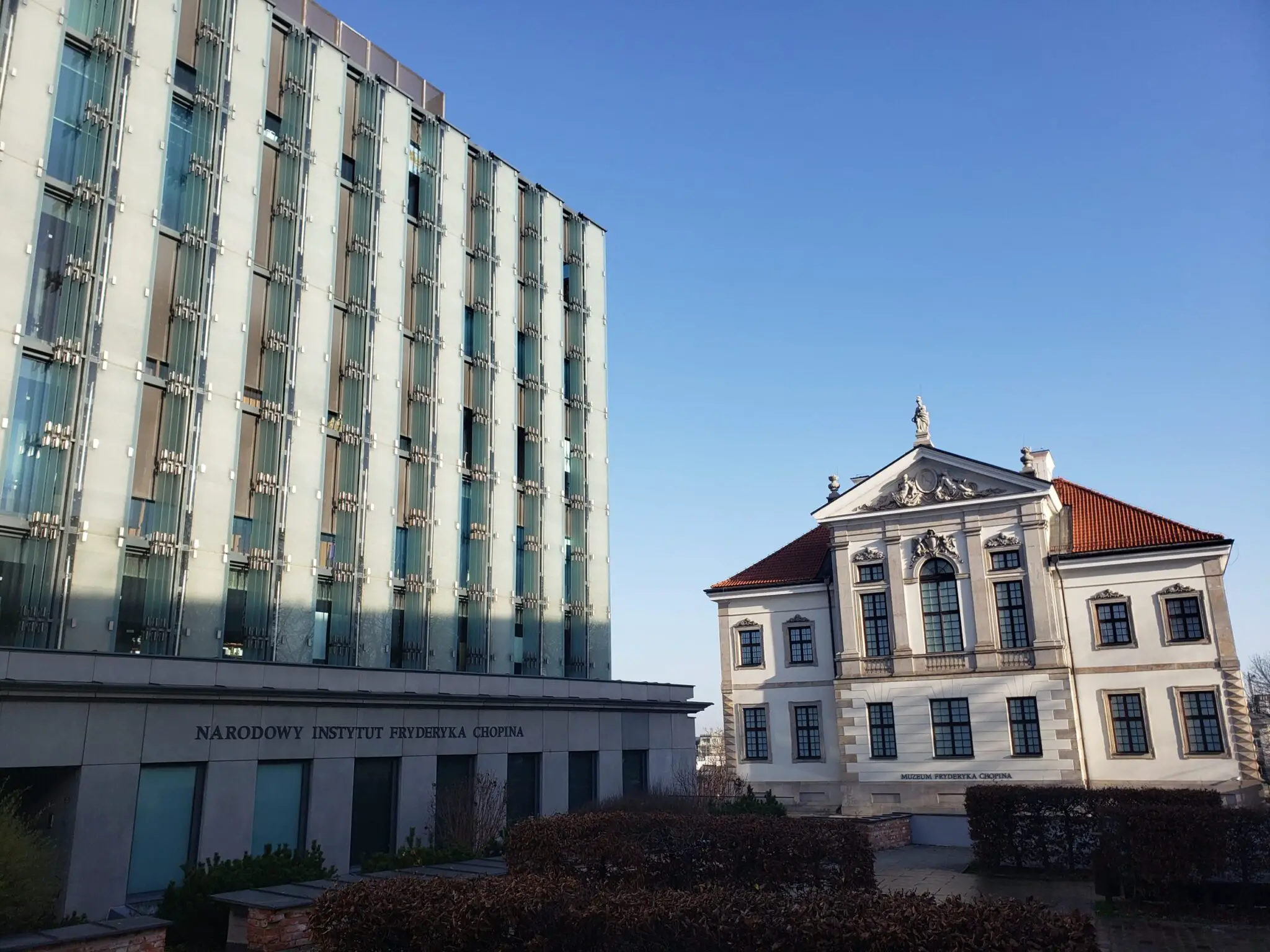
Chopin Museum and Rememberance, Warsaw
In Warsaw, large, elegant, and beautiful willow trees grace many of the parks within the city. These are the same willow trees that inspired many of the outstanding musical pieces of prodigy composer and native Pole, Frédéric Chopin. Signs of Chopin’s legacy, like the willows that inspired him, can also be seen across the city. […]

History and Art in Warsaw’s Bródno District
Most foreigners in Warsaw tend to the stick to the center of the city and Old Town, with some maybe venturing as far as the Praga district. Being that these areas are mostly discovered and easy to tour — along with being packed with tourists and locals — I decided to start taking trams to […]
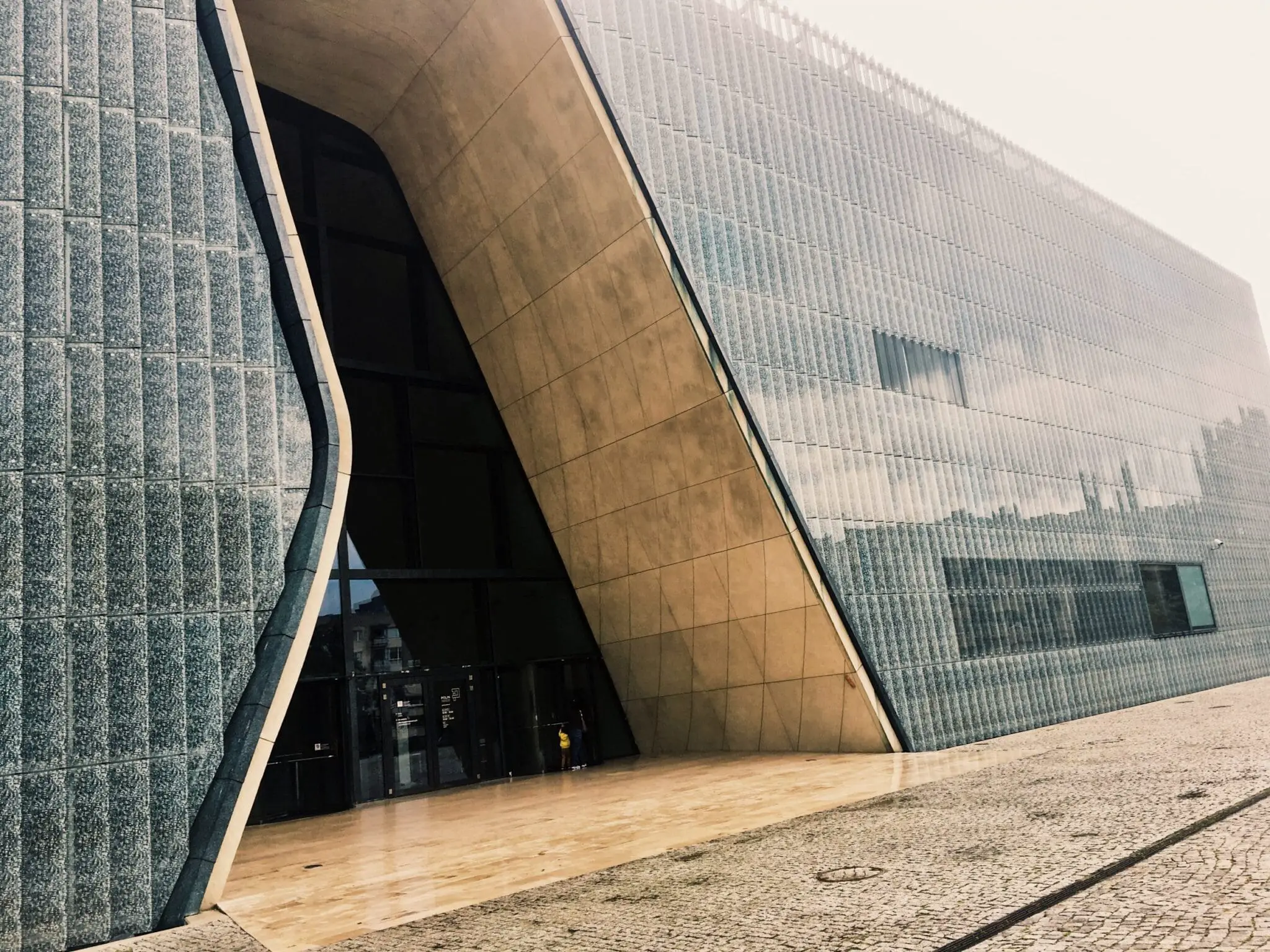
The POLIN Museum of the History of Polish Jews
The POLIN Museum of the History of Polish Jews, located in Warsaw, Poland, is a renowned cultural institution dedicated to preserving and presenting the 1,000-year history of Jewish presence in Poland and to promote tolerance, understanding, and mutual respect. It serves as a space for learning, reflection, and dialogue, exploring the rich cultural and religious […]
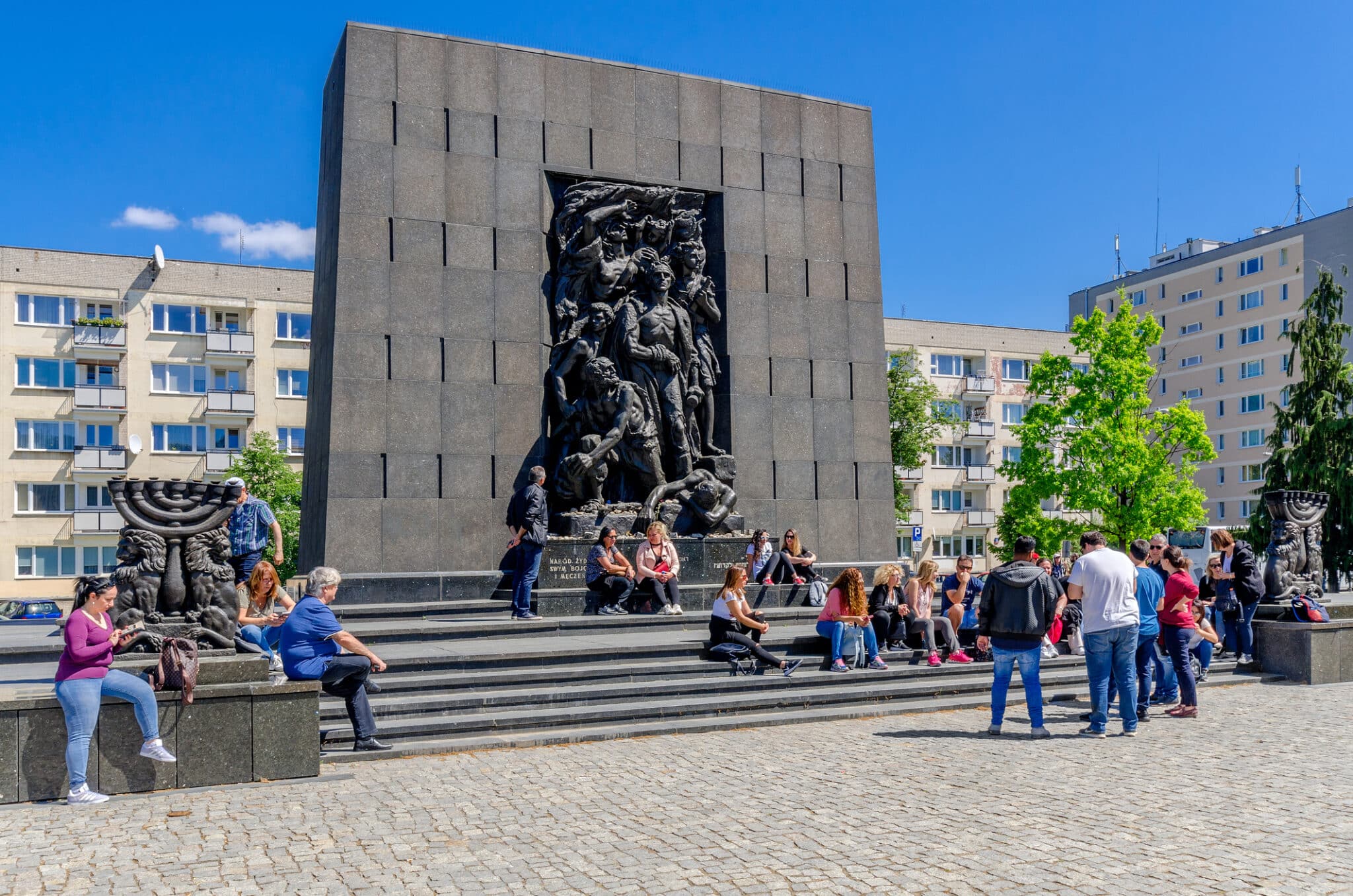
Memorial Route of Jewish Martyrdom and Struggle in Warsaw
All around Warsaw, there are reminders of the historic Jewish presence. Though Warsaw has experienced incredible change and development since WWII, the city has taken special care to ensure that the plight of the Warszavian Jewish community will never be forgotten. In the location of the former Warsaw ghetto are several memorials that educate passerbys […]
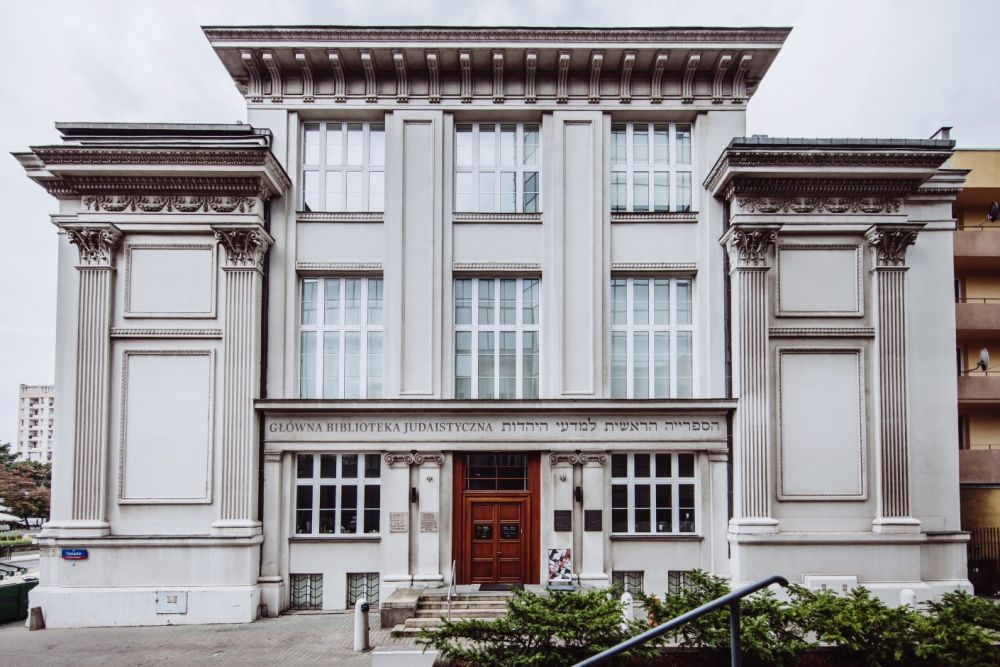
Jewish Historical Institute in Warsaw: “What We’ve Been Unable To Shout To The World”
The Jewish Historical Institute’s mission is to promote awareness of the thousand-year Jewish presence in Poland. They achieve this through exhibitions, artistic events, conferences, education programs, and publishing. The Institute serves as a repository of Jewish heritage, preserving collections like the Underground Archive of the Warsaw Ghetto. They also maintain Jewish cultural monuments, are developing […]
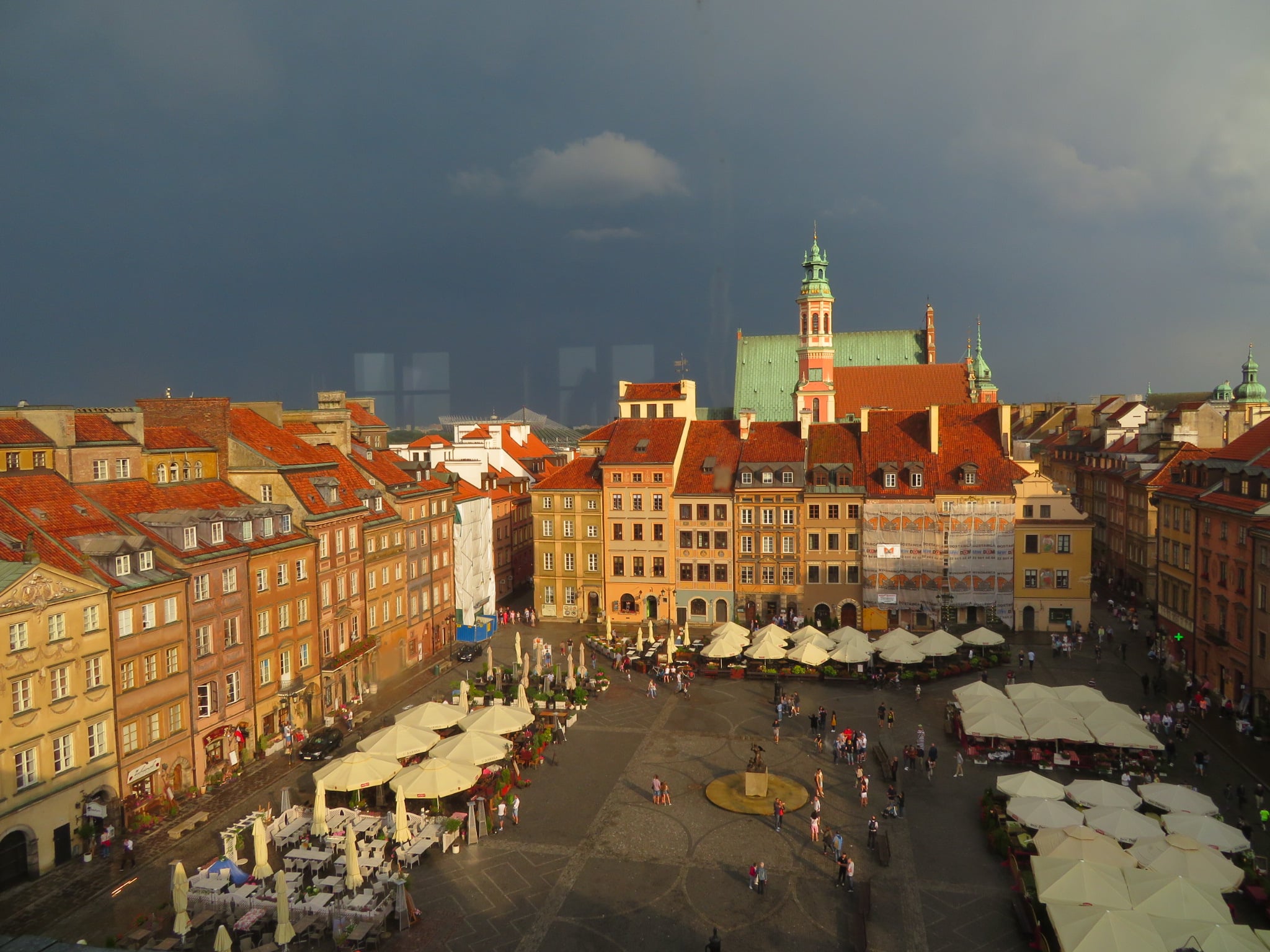
Warsaw’s Best Museums: History, Struggle, Tragedy, and Freedom
One of the best things to do when living or studying abroad, is to visit museums and historical institutes to try and learn about that particular place. For me, visiting museums is a no-brainer since I work in museums. I enjoy them. I find it fascinating to see how each museum operates, how they present […]
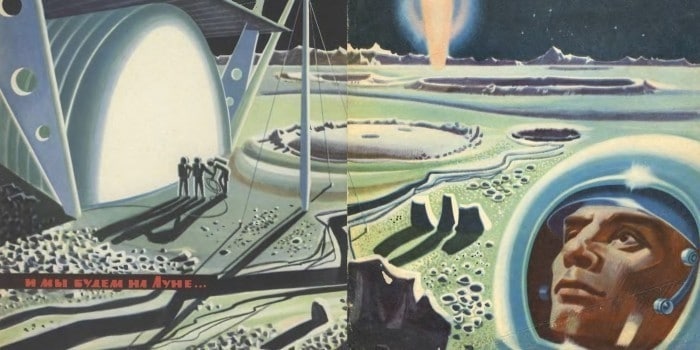
Science Fiction and Fantasy From Behind the Iron Curtain
Science fiction/fantasy, often shorthanded to SFF, is a genre of media concerned with supernatural, fantastical, or other elements beyond our current technological capabilities. Although its roots run deep, borrowing inspiration and elements present in The Odyssey or 20,000 Leagues Under the Sea, SFF truly came into its own after the Industrial Revolution. It was a […]
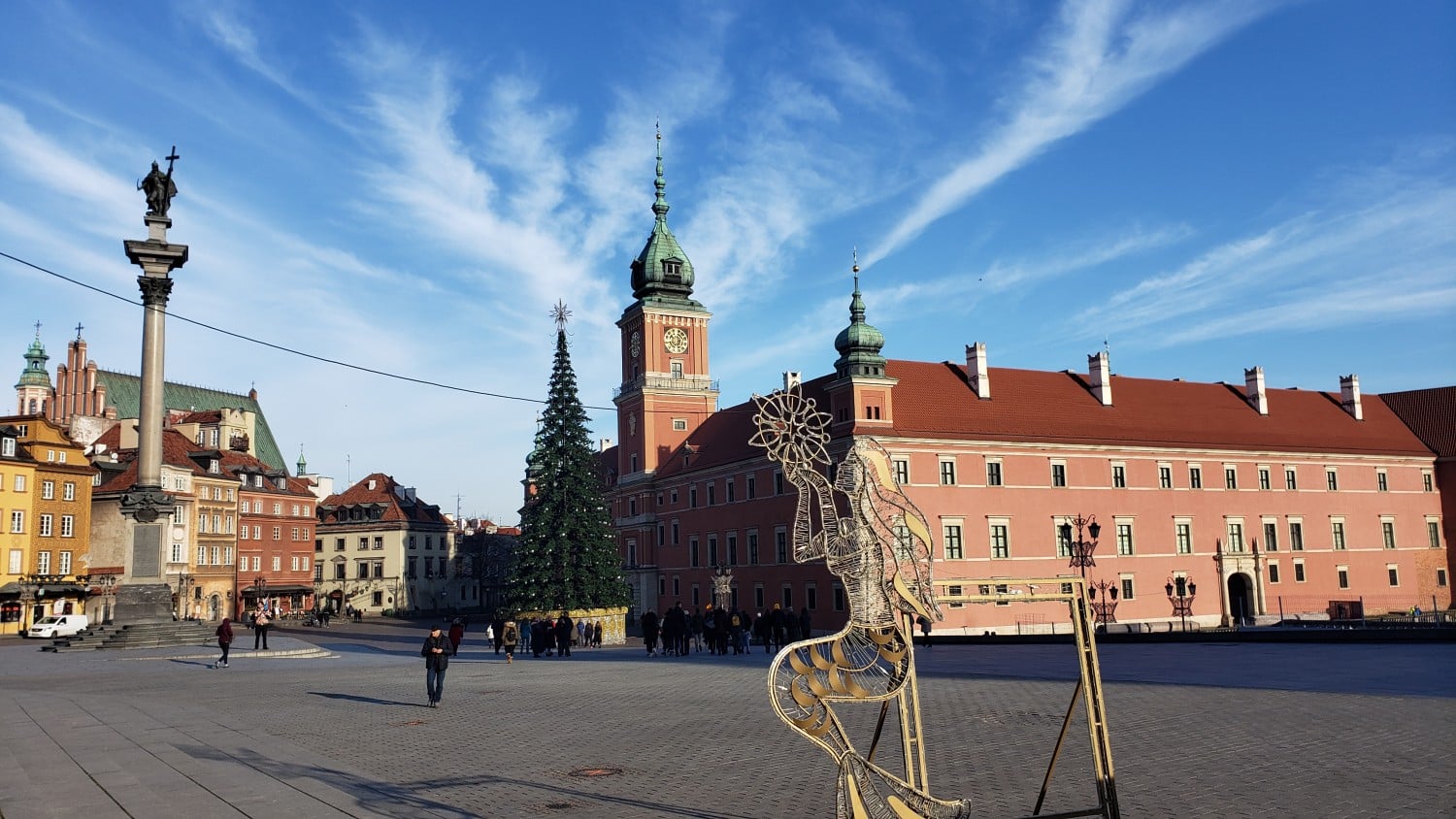
Warsaw’s Old Town District
While I was on study abroad in Warsaw, Poland, the place I visited most behind the Palace of Culture and Science, where I had classes every day, was Old Town. Why? Simply put, a trip to Old Town in Warsaw is like taking a journey back in time. It is the gem of the city […]
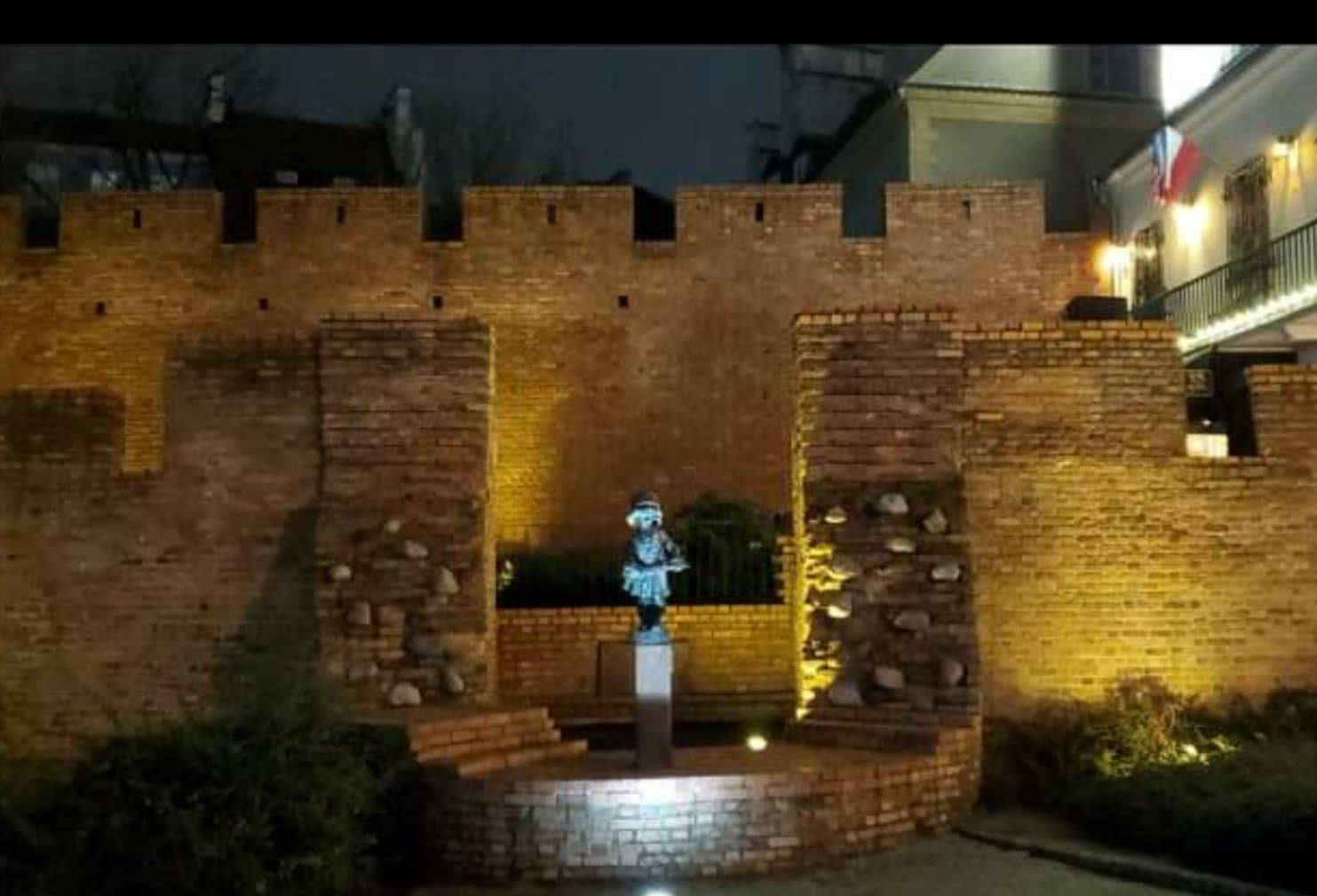
The Warsaw Uprising: Museums, Monuments, and Cultural Memory in Warsaw Today
Many of our students are profoundly moved by how vividly the Warsaw Uprising is remembered in Poland. Those who fought are revered with the respect of founding fathers. Thier symbols and history are preserved and highlighted across the city in museums, monuments, and graffitti. The narrative is popular in modern film (such as the recent […]